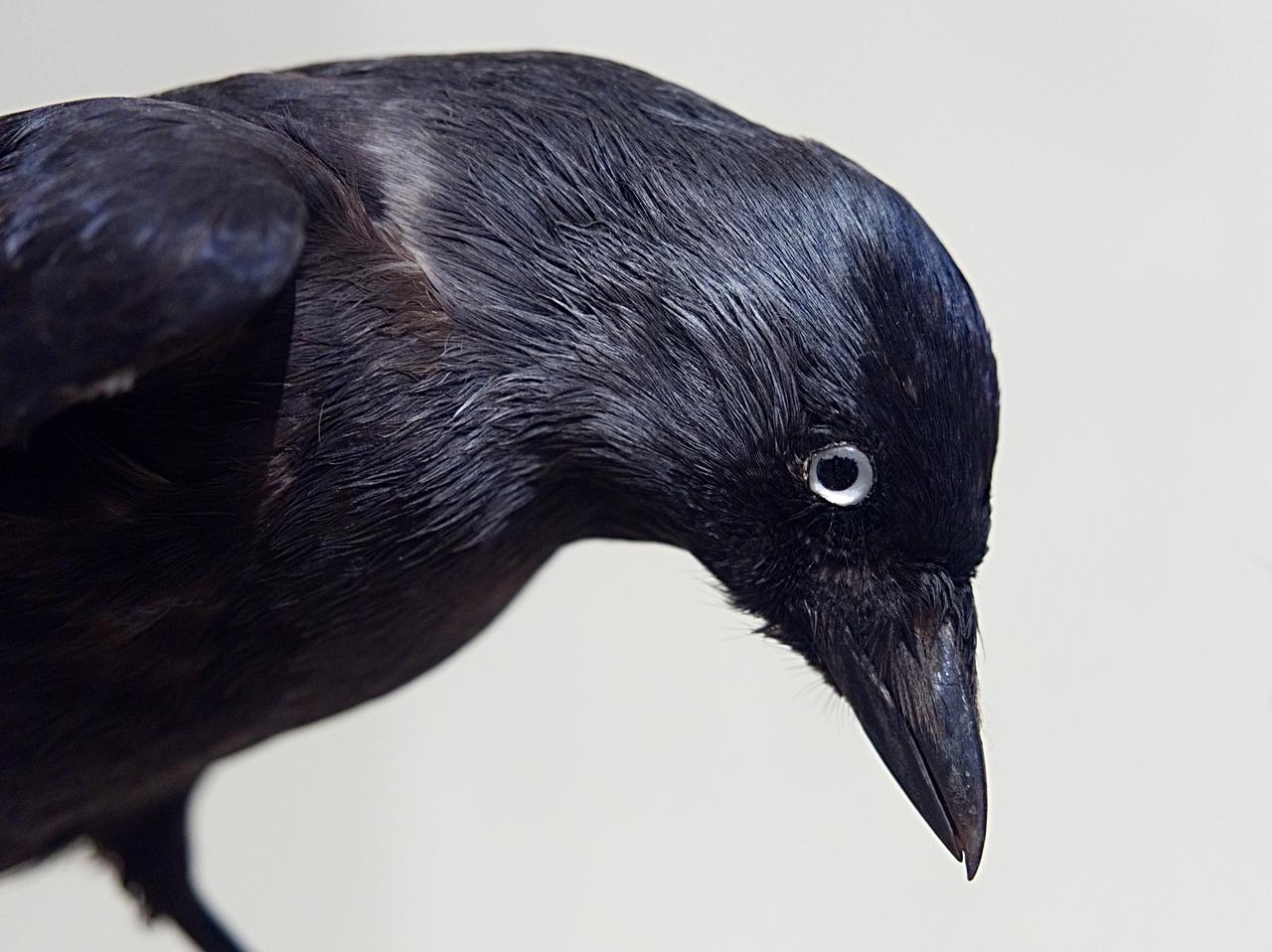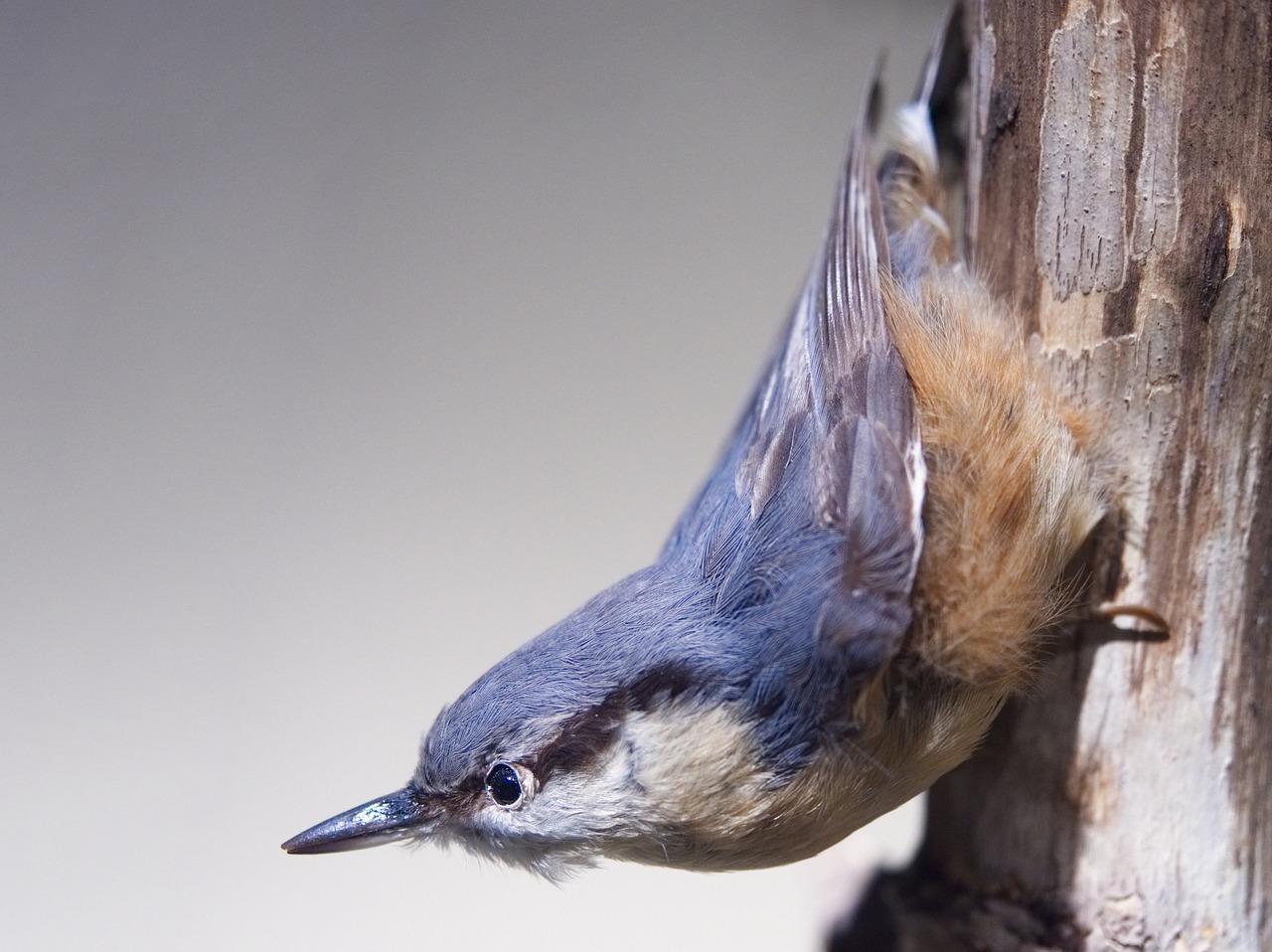Taxidermy has long been a fascinating practice, allowing us to capture and preserve the beauty of nature’s creatures. If you’ve stumbled upon a deceased bird and are curious about turning it into a taxidermy specimen, you’ve come to the right place. In this blog post, we will explore the process of preserving a dead bird for taxidermy, answering common questions along the way.
From understanding how to store a deceased bird to the preservation techniques involved, we will cover it all. Wondering about the legality of taxidermying certain species or the cost associated with mounting a bird? We’ll delve into those topics as well. Whether you’re a hobbyist or simply curious about the art of taxidermy, this comprehensive guide will provide you with the insights you need.
So, if you’ve ever asked yourself questions like, “Can you taxidermy a dead bird?” or “How do you preserve a bird’s body?” – keep reading. By the end of this article, you’ll have a solid understanding of how to preserve and mount a deceased bird for your taxidermy collection. Let’s dive in!
How to Preserve a Deceased Bird for Taxidermy
So, you’ve found yourself in the rather peculiar situation of wanting to preserve a dead bird for taxidermy. Well, fear not, my feathered friend! In this guide, I’ll walk you through the process of giving your avian companion a second chance at a dignified afterlife. From handling the deceased bird to preparing its delicate body for preservation, I’ve got you covered. Let’s dive right in!
Gathering the Necessary Supplies
Before we get started, you’ll need to gather a few items to ensure a successful preservation process. Think of it as your fluff and feathers toolkit. Here’s what you’ll need:
1. Gloves: Protecting Your Hands (and Your Reputation)
Nobody wants to see you handling a deceased bird with your bare hands. It’s a surefire way to turn your taxidermy ambitions into a rather “fowl” experience. So, put on a pair of gloves and keep those delicate fingerprints intact.
2. Scalpel or Small Sharp Knife: Precision is Key
When it comes to preserving a dead bird, precision is everything. You’ll need a scalpel or a small sharp knife to make precise incisions and cut through the bird’s feathers and skin. Remember, it’s all about finesse!
3. Borax: Dehydrating for Preservation
Here’s where things start to get a little bit “dry.” You’ll want to use borax to absorb any moisture from the bird’s body, helping to prevent decay and preserve its natural beauty. Think of it as a spa treatment for our feathered friends.
Handling the Deceased Bird with Care
Now that you’ve got your supplies at the ready, it’s time to handle the deceased bird. Remember, treating this process with respect and care is essential. Here’s how you can do it:
1. Approach with Respect: Pay Your Last Respects
Before getting to work, take a moment to pay your respects to the bird that has made this journey with you. Acknowledge its life and appreciate the beauty it can still bring, even beyond the realm of the living.
2. Wear Your Gloves: No Birdie-Cooties Allowed
Put on those gloves we mentioned earlier. Not only will they protect your hands, but they’ll also prevent any unwanted cross-contamination. We’re going for a preserved bird, not a preserved disease!
Preparing the Bird for Preservation
Now that you’ve honored the bird and protected yourself from birdie-cooties, it’s time to prepare the bird for preservation. Here’s what you need to do:
1. Feather Removal: Be Gentle, But Assertive
Using your scalpel or small sharp knife, gently remove the feathers from the bird’s body. Take your time and be precise, ensuring you don’t damage the delicate skin beneath. It’s like giving your bird a little grooming session before it’s forever immortalized.
2. Dehydrate with Borax: Absorbing Moisture like a Pro
Sprinkle a generous amount of borax onto the bird’s body, ensuring complete coverage. This will help draw out any remaining moisture, preserving the bird’s integrity and preventing decay. Think of it as an avian spa day: facials, exfoliation, and no feathers in sight.
Congratulations! You’re well on your way to becoming a “bird whisperer” of the taxidermy world. With these steps, you’ve learned how to handle and prepare a deceased bird for preservation. Now, grab that scalpel, put on those gloves, and prepare to give your departed feathered friends a second life as stunning taxidermy specimens. Remember, practice makes perfect, so spread your wings and embark on this feather-filled journey of avian preservation!
FAQ: How To Preserve A Dead Bird For Taxidermy
Welcome to our comprehensive FAQ guide on preserving a dead bird for taxidermy. Whether you have found a deceased bird or have a pet that passed away, this guide will provide you with all the information you need to know about preserving and taxidermy-ing your feathered friend.
What Can I Do With a Dead Bird
When it comes to a deceased bird, you have several options. You can choose to bury it, cremate it, or embark on the unique journey of taxidermy. Taxidermy allows you to preserve the bird and create a lifelike display of its beauty, bringing a little piece of nature indoors.
How Long Can You Freeze a Bird Before Taxidermy
Freezing your bird is a common method to preserve it before beginning the taxidermy process. Ideally, you should freeze the bird as soon as possible after its demise. For optimal results, you can keep it frozen for up to six months before proceeding with the taxidermy process.
Can a Dead Bird Be Preserved
Absolutely! Taxidermy allows you to preserve a dead bird by carefully mounting and preserving its body in a lifelike state. Through a series of intricate processes, your bird can be transformed into a stunning display piece that captures the beauty of nature.
How Much Does It Cost to Full Body Mount a Turkey
The cost of full-body mounting a turkey for taxidermy can vary depending on various factors such as size, quality, and the taxidermist you choose. On average, you can expect to pay between $500 and $1,000 for a full-body turkey mount.
Is It Legal to Taxidermy an Owl
Taxidermy laws can vary by state and country. In the United States, it is generally legal to taxidermy an owl as long as you have the necessary permits and licenses. It is important to familiarize yourself with the specific regulations in your area before embarking on any taxidermy project involving protected or endangered species.
How Do Vets Store Dead Animals
Veterinarians use various methods to store deceased animals before they are either cremated or disposed of. Typically, animals are stored in cold storage facilities to slow down decomposition. Some may opt for temporary freezing or the use of preservatives to maintain the body’s integrity until further arrangements are made.
Can You Freeze-Dry a Dead Bird
Freeze-drying is an alternative preservation method to taxidermy. However, freeze-drying is a highly specialized technique that requires professional expertise. It involves removing moisture from the bird’s body through sublimation, resulting in a more lifelike preservation without the use of traditional taxidermy techniques.
What Is Borax Used for in Taxidermy
Borax, a naturally occurring mineral, is commonly used in taxidermy to help preserve the bird’s feathers and prevent decay. It acts as a desiccant, absorbing moisture from the feathers and skin, ensuring they remain in optimal condition for mounting.
Can You Buy Taxidermy Animals
Yes, you can purchase taxidermy animals. Many taxidermy artists and businesses offer a variety of mounted animals for sale. Whether you are looking to add a unique piece to your collection or create a natural atmosphere in your home, there are plenty of options available for purchase.
How Do You Taxidermy Animals
Taxidermy is an intricate art that requires skill, knowledge, and patience. The process involves skinning the bird, cleaning and preserving the hide, sculpting a mannequin to match the bird’s form, and carefully reattaching the feathers to create a lifelike display. If you’re interested in learning taxidermy, there are workshops and courses available to help you acquire the necessary skills.
Can You Taxidermy a Human
While taxidermy can preserve the bodies of animals, it is important to note that it is illegal and highly unethical to taxidermy a human. Human remains should be treated with respect and dignity, following appropriate cultural and legal practices.
What Do I Need for Taxidermy
If you’re considering taxidermy, here’s a list of essential tools and materials you’ll need:
- Scalpel or sharp knife for skinning
- Borax or other preservatives
- Wire or mannequin for creating the body form
- Mounting base or display stand
- Pins or needles for feather placement
- Specialized adhesive for securing feathers and skin
- Paints for touch-ups and color restoration
- Patience and attention to detail
How Do You Preserve a Bird’s Body
To preserve a bird’s body for taxidermy, you need to carefully skin it while maintaining the integrity of the feathers and skin. After removing the organs and excess fat, the bird’s skin is treated with borax or other preservatives to prevent decay and maintain its natural appearance.
Do Animals Get Killed for Taxidermy
No, animals should not be killed for taxidermy purposes. Ethical taxidermy relies on using deceased animals, such as birds that have died naturally or pets that have passed away. Responsible taxidermists always ensure they are sourcing their specimens ethically and legally, respecting the lives of animals.
Can You Taxidermy a Dead Bird
Absolutely! Taxidermists commonly work with deceased birds. By preserving their bodies through the taxidermy process, you can create stunning displays that showcase their beauty and bring a touch of nature into your home.
Is It Weird to Taxidermy Your Pet
While some may find it unusual, taxidermying a beloved pet can be a way to honor their memory and create a lasting tribute. It allows you to preserve their unique characteristics and keep them with you in a tangible form. Ultimately, the decision is a personal one and depends on individual preferences.
How Do You Preserve Small Bird Wings
Preserving small bird wings requires delicate handling and meticulous attention to detail. To preserve the wings, you need to carefully remove them from the bird’s body and clean them thoroughly. You can then use a combination of preservatives, such as borax, to prevent decay and maintain the natural shape of the wings.
How Do You Preserve a Dead Bird
Preserving a dead bird for taxidermy involves several steps. First, you need to carefully skin the bird while preserving the feathers and skin integrity. The skin is then treated with a preservative, such as borax, to prevent deterioration. Finally, the bird is mounted onto a mannequin or a wire frame, ensuring a lifelike pose and appearance.
How Much Does It Cost to Taxidermy a Bird
The cost of taxidermy for a bird can vary based on factors such as species, size, pose, and the taxidermist you choose. On average, taxidermy prices for birds range from $200 to $500. However, more complex or larger bird mounts can cost upwards of $1,000. It’s best to consult with a local taxidermist for an accurate estimate based on your specific needs.
With our comprehensive FAQ guide, you now have the knowledge to undertake the preservation and taxidermy of a deceased bird. Remember to follow ethical practices, respect regulations, and utilize the skills of a professional taxidermist if needed. Through taxidermy, you can create a stunning display that immortalizes the beauty of these majestic creatures. Happy preserving!

